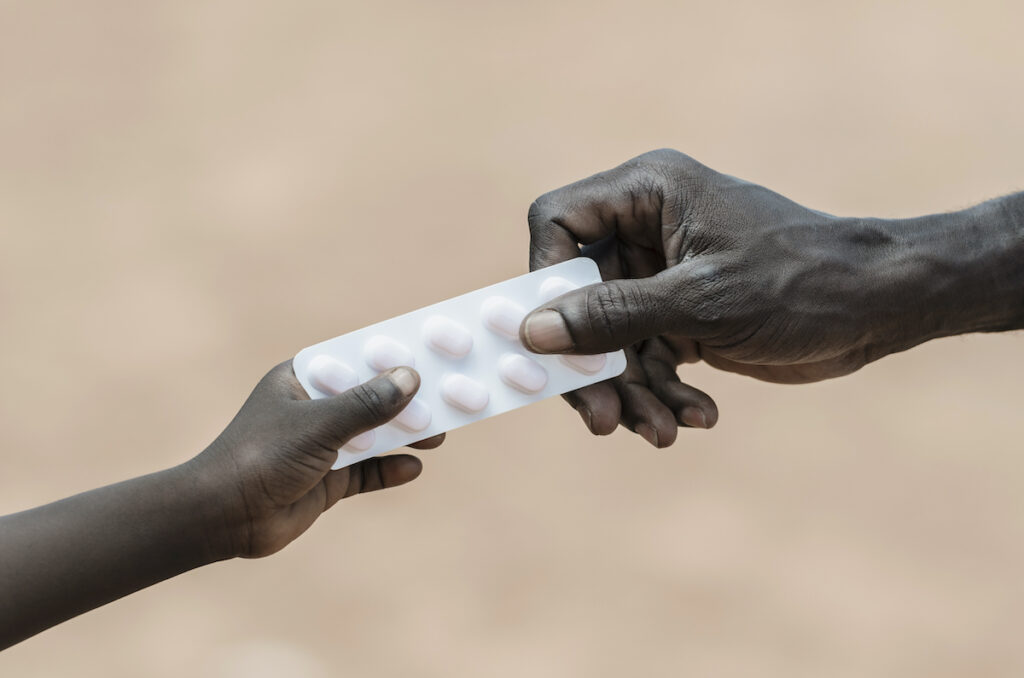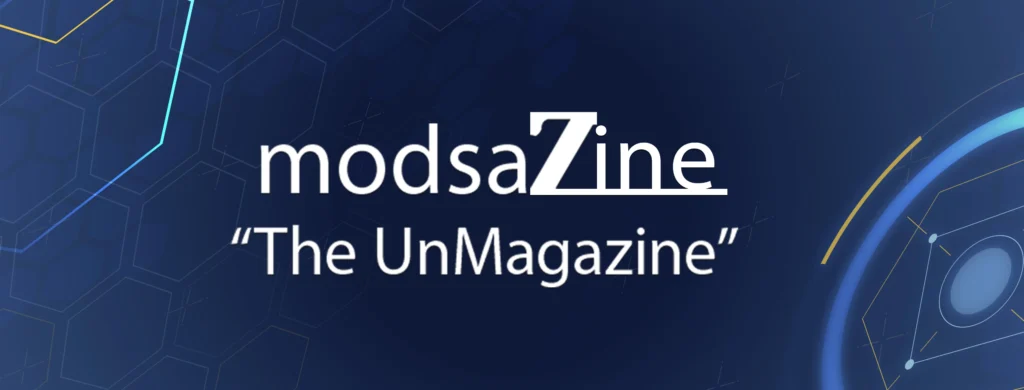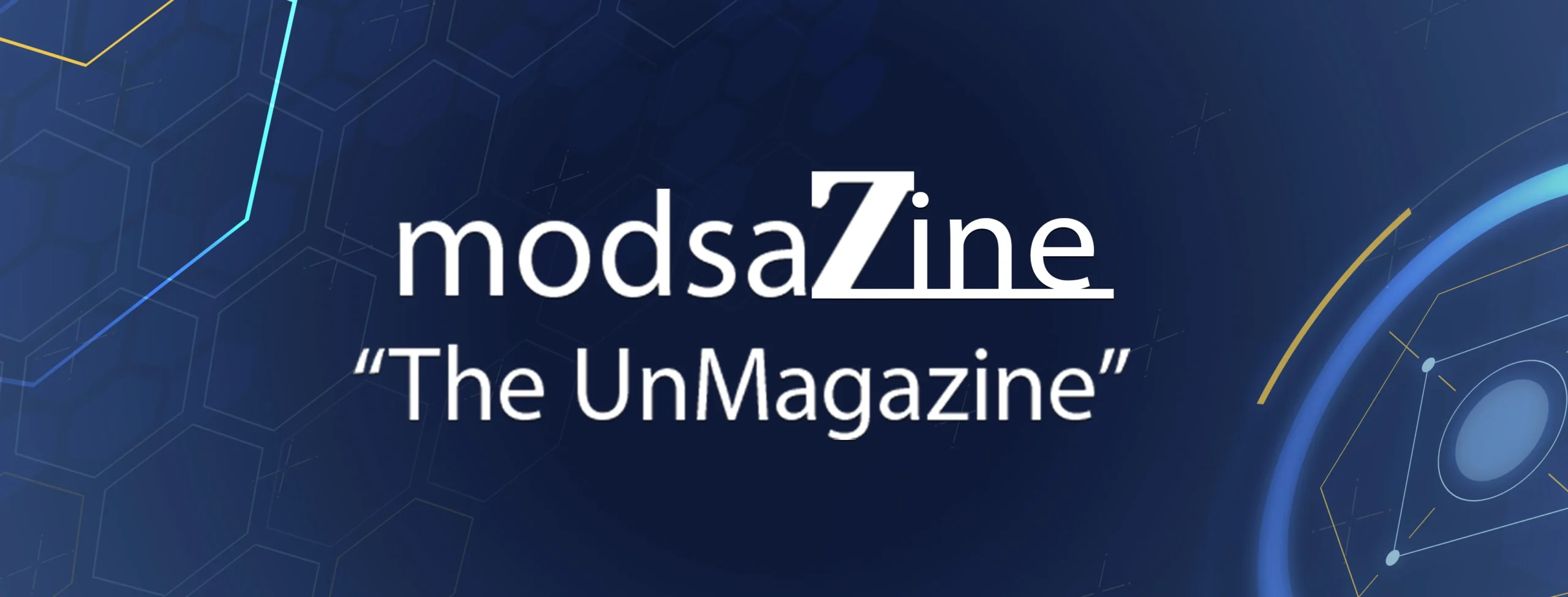
HIV (human immunodeficiency virus) negatively interferes with an individuals’ immune system making it difficult to fight infections and diseases (NHS, 2021). This virus is associated with various adverse outcomes, including poorer mental health (Remien et al., 2019). Therefore, it is crucial those at risk of and affected by HIV are provided appropriate support. Although there has been some progress over the years in delivering effective HIV care, more needs to be done.
The Global AIDS Strategy commits to providing 90% of individuals at risk of and affected by HIV with well-rounded care, including supporting them with substance misuse (UNAIDS, 2021). This is crucial as people who use drugs are at higher risk of contracting HIV; 10% of new HIV infections globally are among those who inject drugs (UNAIDS, 2020).
Although the rationale for merging HIV and substance misuse services seems clear, this integration has many barriers. These include HIV-related stigma and systems of oppression (Batchelder et al., 2021). Such barriers are further exacerbated for individuals from minoritised and oppressed groups like women, racialised individuals and transgender people due to gender-based violence and racism.
A recent review by Victoria Haldane and colleagues (2022) reflects how we can integrate HIV and substance misuse services. More specifically, they focus on how current systems fail to consider human rights and critically reflect on structural factors contributing to risk and health inequalities.

The Global AIDS Strategy is committed to providing integrated care to individuals with HIV, including support for substance misuse.
Methods
The Embase, Ovid MEDLINE, and LILACS databases were searched for relevant literature. Papers included were quantitative studies, qualitative studies, and/or conference abstracts which met the following criteria:
- Described or assessed programmes within or across different health systems aimed to enhance the integration of care for HIV and substance use
- Published in English, French, or Spanish
- Defined substances as harmful, hazardous, recreational drugs, alcohol, or as illicit drugs
- Published after the 1st of January 2015.
Descriptive overview editorials or non-systematic or scoping literature reviews were excluded. No papers were excluded based on their degree of assessed bias.
The authors expanded an existing definition of service delivery integration (Legido-Quigley et al. 2013) to emphasise the need to integrate services in line with a contextually appropriate and person-centred approach. Such an approach was aimed to enhance coverage, access, quality, acceptability, effectiveness, and cost-effectiveness.
Results
To successfully capture relevant literature on care integration and treatment options for HIV and substance use disorder, Haldane and colleagues (2022) created a conceptual framework of determinants and models of integrated care for HIV and substance use disorder. The framework was based on three models of care depending on the client’s point of entry i.e. HIV care site, substance use care site, and other sites.
1. Integration of substance use disorder services at HIV care sites
The first model addressed how substance use disorder services were integrated into HIV care sites, such as HIV clinics. Under this model, the significance of health workers conducting substance use screening in routine care was underlined. Moreover, studies demonstrated that individuals were often provided with behavioural interventions e.g., CBT and motivational interviewing, or pharmacotherapy, e.g., buprenorphine or naltrexone. The provision of a stepped care model was also addressed. Motivational interviewing had a good evidence-base in decreasing substance use by individuals living with HIV who were accessing care at HIV clinics.
2. Integration of HIV services at substance use disorder care sites
The second model addressed how HIV services were integrated at substance use care sites, such as safe injection sites. HIV services were usually brought into existing pharmaceutical treatment where the same staff members delivered both services. In other studies, multidisciplinary teams, including specialist physicians, counsellors and social workers, worked collaboratively which enhanced staff-patient relationships.
3. Integration of services at other health service sites
The third model addressed how HIV and substance use disorder services were integrated at other sites, such as mobile drop-in clinics. Studies showed that community health workers with HIV- and addiction-related training could provide culturally appropriate preventive services and appropriate further referrals. Mobile drop-in clinics in remote areas proved valuable as they provided individuals with a range of services including syringe exchange programmes, and mental health support.
Micro-, meso-, macro-level
The conceptual framework captured factors impacting the integration of services at three different levels: micro-, meso-, and macro-level.
1. Micro-level
The micro-level represented how factors in relation to patients, individuals and communities affect the integration of HIV and substance misuse services. It recognised how patients’ and providers’ experiences, or perceptions of the stigma attached to HIV or substance use reduce access to care services and high-quality service delivery. It highlighted how physical barriers such as transportation costs or inadequate sick-leave policies can also affect access to care. Therefore, peer support along with programmes covering transport costs can enhance care access.
2. Meso-level
The meso-level represented the role of facilities, local and regional actors, and referral systems in the services’ integration. It underlines the importance of having a supported workforce, including allied health professionals such as peer counsellors, who have opportunities to further develop their skills. Key suggestions were developing standardised training protocols along with task-sharing protocols to prevent possible burnout due to additional work of integrated care. Moreover, it underscored the need for information systems permitting the flow of patient data across care interfaces which will prevent duplication and facilitate onward referrals.
3. Macro-level
The macro-level represented the impact of national and global systems on integrated care. It stressed the financial barriers to accessing integrated services and how governments could integrate such services into national insurance schemes and provide fiscal resources.
Foundations and enablers of integrated care for HIV and substance use disorders
Adopting a human rights approach is the foundation of integrated care. Such an approach requires elements of co-production in the development, implementation, and evaluation of integrated service delivery. Nevertheless, existing literature has failed to account for this. Often, care outcomes are defined in quantitative terms e.g., viral load suppression which omits the patients’ lived realities. Moreover, scarce studies involved local stakeholders that highlight how research fails to account for marginalisation and community participation in their designs.
On the other hand, policies and social determinants of health can enable integrated care. Existing policies on vertical programming in response to HIV lead to large fragmentation and are hard to reverse. Whilst, the criminalisation of illicit substance use, sex work, same-sex sexual acts, and survivors of sex trafficking further prevents care-seeking and undermines work on preventing HIV. Indeed, the excessive use of incarceration for drugs offences further obstructs care-seeking and integrated care. Moreover, policies often fail to recognise that individuals are affected differently by HIV and substance use disorders with gender, income, education level, class, and race often playing major roles. These social determinants of health influence the effects and effectiveness of care and care integration, especially for marginalised groups.

Integrated care can be delivered by a range of health workers with different elements of care to be potentially included at different entry points.
Conclusions
The developed framework highlighted how integrated care of HIV and substance misuse services can be facilitated across different points of entry and across three different levels. Recommendations include providing appropriate training to health professionals, addressing financial barriers, and reviewing policies on the criminalisation of illicit drug use and consensual same-sex acts. However, adopting a human rights approach is of great importance. Studies were largely conducted in the absence of individuals who need access to HIV and substance misuse services. Services and policies should involve co-production to develop programmes and interventions that are tailored to the needs of the people that they need them.
Strengths and limitations
The present review developed the first theoretical framework for integrating HIV and substance misuse services. This is important as it allows individuals across a spectrum i.e., patients, health professionals, and policymakers, to respond to existing barriers to integrated care in a more systematic and specific manner. Another positive of this review is the inclusion of studies published in three different languages i.e., English, Spanish and French which can provide a more comprehensive scope of the literature.
The present review also has some limitations. Although it included descriptive papers which provided insights into different integrated approaches, these papers could not be used to infer effectiveness. Furthermore, studies were included irrespective of the degree of assessed bias, which suggests that certain findings may have reporting biases or other biases which may impact accuracy and generalisability.

This review developed the first theoretical framework for integrating HIV and substance misuse services so as to increase care-seeking at integrated delivery sites by the affected populations.
Implications for practice
Aimed at relevant health-system decision-makers and policymakers, the article by Haldane and colleagues (2022) serves as a useful overview and synthesis of pertinent research. This review reinforces that integrating HIV and substance misuse services is paramount to providing holistic care for individuals.
We hope that such research and the proposed conceptual framework will result in the global scale-up of long-term sustainable services. It is of great importance that countries most affected by HIV, namely low-income countries such as Eswatini, Lesotho and Botswana (World Population Review, 2022), are prioritised regarding funding for such interventions. If our hope becomes reality, this could lead to further research assessing the effectiveness of the integration of HIV and substance misuse services, as small scale trials currently dominate the evidence base. It should be ensured that individuals directly impacted by HIV and substance misuse voices are heard, through qualitative and participatory research designs.
The review also highlights how crucial it is to consider decriminalising possession of illicit drugs, as this could decrease the barriers to accessing appropriate treatment, including HIV support. Many adults in the UK agree with this stance, with a representative poll demonstrating that over half of people believe those who struggle with drugs should be referred to treatment instead of being charged with a criminal offence (Royal Society of Public Health, 2016). Further, it can help to achieve the UNAIDS (2021) goal of providing 90% of individuals at risk of and affected by HIV with well-rounded care.

We hope that the proposed conceptual framework will result in the global scale-up of long-term sustainable services, especially in the countries most affected by HIV.
Statement of interests
None.
Links
Primary paper
Haldane, V., Jung, A. S., De Foo, C., Shrestha, P., Urdaneta, E., Turk, E., … & Legido-Quigley, H. (2022). Integrating HIV and substance misuse services: a person-centred approach grounded in human rights. The Lancet Psychiatry. https://doi.org/10.1016/S2215-0366(22)00159-6
Other references
Batchelder, A. W., Foley, J. D., Wirtz, M. R., Mayer, K., & O’Cleirigh, C. (2021). Substance use stigma, avoidance coping, and missed HIV appointments among MSM who use substances. AIDS and Behavior, 25(5), 1454-1463.
Legido-Quigley H, Montgomery CM, Khan P, et al. Integrating tuberculosis and HIV services in low- and middle-income countries: a systematic review. Trop Med Int Health 2013; 18: 199–211.
NHS. (2021, April 22). Overview: HIV and AIDS. NHS. https://www.nhs.uk/conditions/hiv-and-aids/
Remien, R. H., Stirratt, M. J., Nguyen, N., Robbins, R. N., Pala, A. N., & Mellins, C. A. (2019). Mental health and HIV/AIDS: the need for an integrated response. AIDS (London, England), 33(9), 1411.
Royal Society for Public Health. (2016). Stop criminalising drug users. Royal Society for Public Health. https://www.rsph.org.uk/about-us/news/stop-criminalising-drug-users.html
UNAIDS (2021). End Inequalities. End Aids. Global Aids Strategy 2021-2026. UNAIDS. https://www.unaids.org/en/Global-AIDS-Strategy-2021-2026
UNAIDS (2020). UNAIDS: Joint United Nations Programme on HIV/AIDS. UNAIDS. https://www.un.org/youthenvoy/2013/08/unaids-joint-united-nations-programme-on-hivaids/
World Population Review. (2022). HIV Rates by Country 2022. World Population Review. https://worldpopulationreview.com/country-rankings/hiv-rates-by-country


